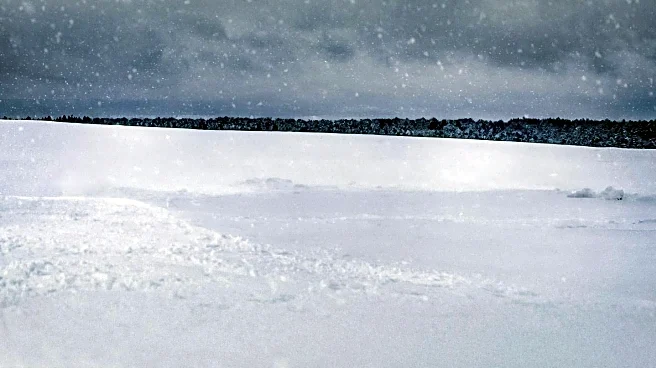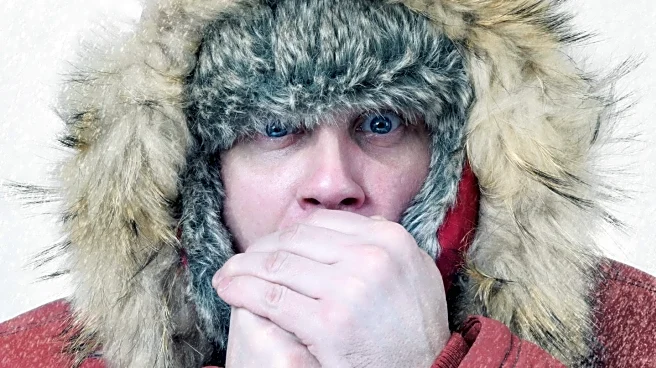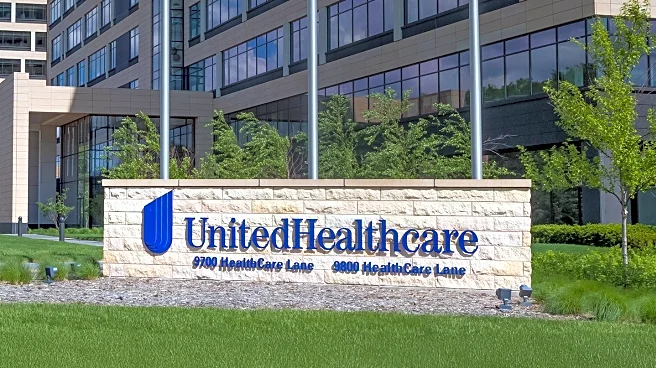What's Happening?
Accidental hypothermia is a common danger in the Great Lakes region, with over 1,000 deaths reported in 2019. The majority of hypothermia deaths occur in people over the age of 55 in rural environments,
with males comprising two-thirds of the fatalities. Hypothermia can occur in all 50 states and is not limited to intensely cold temperatures. Prevention strategies include dressing appropriately, using heat packs, and avoiding alcohol and recreational drugs in cold environments.
Why It's Important?
The prevalence of hypothermia-related deaths in the Great Lakes region highlights the need for effective prevention and education strategies. Understanding the risk factors and symptoms of hypothermia can help individuals take proactive measures to protect themselves. Public health campaigns can raise awareness about the dangers of hypothermia and promote safe practices in cold environments. Addressing the social determinants of health, such as access to adequate shelter and resources, is crucial in reducing hypothermia-related deaths.
What's Next?
Efforts to improve hypothermia prevention and response are ongoing, with a focus on educating the public and healthcare providers about the risks and symptoms. Research into advanced rewarming techniques and treatment options continues to evolve, offering hope for improved survival rates and outcomes for hypothermic patients. Collaborative efforts between healthcare providers, social services, and policymakers are essential to create comprehensive solutions that reduce the incidence of hypothermia and improve public health.
Beyond the Headlines
The societal impact of hypothermia-related deaths underscores the importance of addressing underlying social issues, such as homelessness and substance abuse. Ethical considerations in the treatment and management of hypothermic patients highlight the need for compassionate and equitable care. The development of advanced rewarming techniques and post-resuscitation care bundles could enhance survival rates and neurological outcomes for hypothermic patients.











